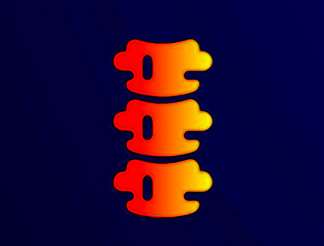Turf Toe
Causes and Symptoms
What is Turf Toe?
Simply put, a turf toe is a sprained big toe. It gets the name turf toe because many of these injuries are sustained on artificial turf, like during games of rugby, hockey, sprints and the like.
If you have a turf toe, you’ll have a painful and tender big toe joint at the ball of your foot, with likely swelling and bruising. The pain will be exacerbated if you move your toe upwards, which you may not be able to do as the swelling in the joint will likely restrict your movement. You’ll also likely be limping, as bearing weight and applying pressure to the big toe joint will be painful.
What Caused My Turf Toe?
Just like how an ankle sprain occurs when your ankle rolls excessively past that point that the supporting structures (the ankle ligaments) can handle, a turf toe injury happens when you excessively and forcefully bend your toe upwards, damaging the joint capsule or the ligaments, tendons or muscles surrounding the joint. This often happens when suddenly pushing off the ground like in sports that have quick stops, starts and changes in direction.
While most turf toe injuries happen suddenly, damage to the joint can also develop over time from repetitive strain and pressure. This is most likely to affect those involved in activities like jumping sports and dancing. Having unsupportive, soft footwear may also increase your likelihood of developing this injury.
Effectively Treating A Turf Toe
Proper care for turf toes is critical as continuing to walk and bear weight on the damaged joint can worsen the injury, prolong your recovery, and keep you off the field.
Immediately following your injury, start with removing all weight from the injured big toe, keeping it elevated, applying ice to help with the swelling, and buddy taping the big toe to the second toe to help keep the joint stable. Do not try to push or play through the pain.
Next, book your appointment with your podiatrist. Here at Adelaide Physio and Podiatry Clinic, we start with assessing the severity of the damage, understanding the biomechanics of your feet and the regular activities that may make you more prone to ongoing pain and re-injury, and then creating a tailored treatment plan to help heal and repair the joint, while reducing the likelihood of re-injury in the future.
How We Can Help?
You can always BOOK ONLINE to see one of our experienced Podiatrist and Physiotherapist or simply Call Adelaide Physio And Podiatry Clinic to schedule a time that suits you.
We’ll help you find the right solution to alleviate your pain.
